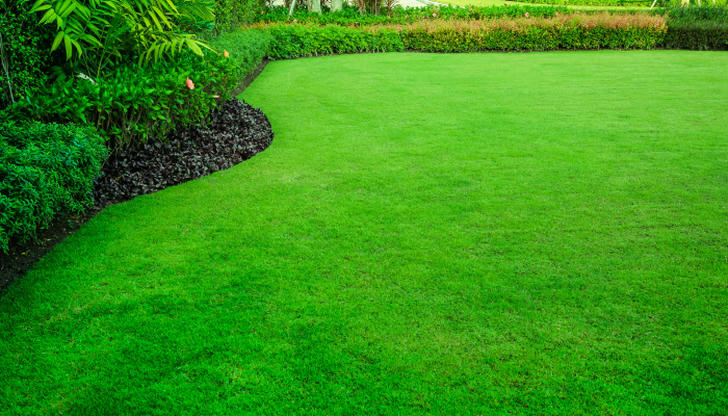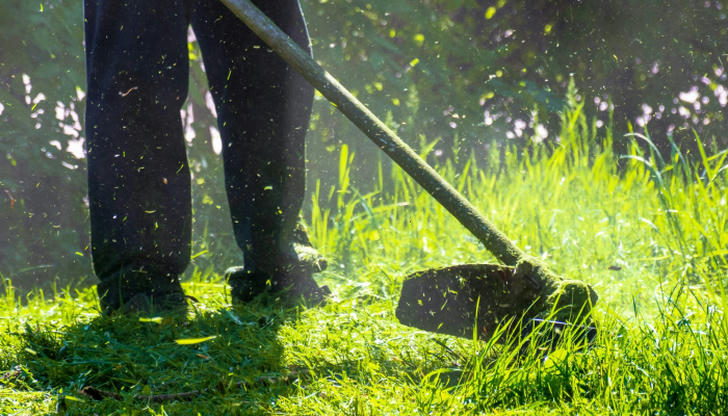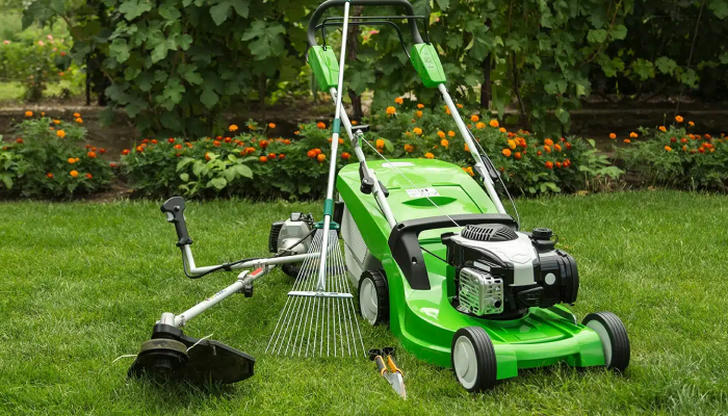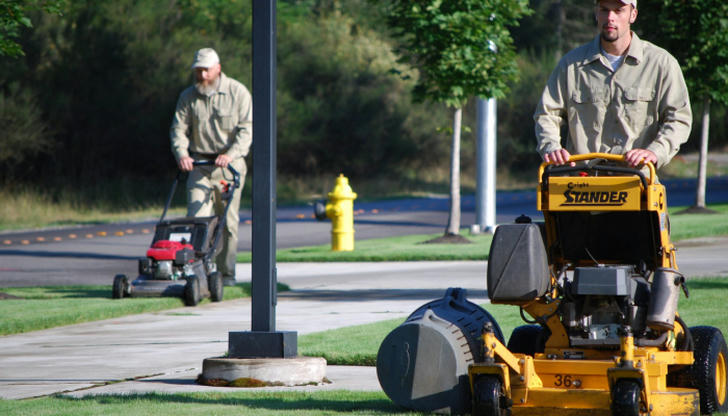Lawns: The Green Canvas of Urban and Rural Landscapes
Lawns are expanses of land covered with grass, meticulously maintained for aesthetic and recreational purposes. They serve as the green lungs of cities and towns, offering a serene escape from the concrete jungle. Beyond their visual appeal, lawns play an essential role in environmental health by reducing dust, purifying the air, lowering noise levels, and providing habitats for various wildlife.

Specific Services Offered for Lawn Care
1. Mowing and Edging
One of the most fundamental services in lawn maintenance is mowing. Regular mowing keeps grass at an optimal height, promoting dense growth and preventing weed invasion. Edging complements mowing by trimming the borders of the lawn, ensuring clean lines and a well-defined appearance.
2. Fertilization and Soil Health
Fertilization is crucial for maintaining a healthy lawn. It involves applying nutrients such as nitrogen, phosphorus, and potassium that encourage lush, green growth. Soil testing can determine nutrient deficiencies and pH levels, allowing for targeted fertilization that supports long-term soil health.
3. Aeration and Overseeding
Aeration involves perforating the soil with small holes to allow water, air, and nutrients to penetrate the grass roots. This process helps reduce soil compaction and stimulates root growth. Overseeding introduces new grass seed into existing turf, enhancing its thickness and resilience against pests and diseases.
4. Weed Control and Pest Management
Effective weed control prevents unwanted plants from competing with grass for resources. Chemical herbicides or organic methods like hand-pulling can be used. Similarly, pest management addresses insects and other organisms that may damage the lawn. Integrated pest management (IPM) strategies focus on prevention and using chemical treatments only when necessary.

Charging Methods for Lawn Services
1. Per Square Footage Pricing
Service providers often charge based on the size of the lawn. This straightforward method calculates costs per square foot, making it easy for customers to understand what they will pay for ongoing maintenance.
2. Annual Contracts
For larger properties or commercial spaces, annual contracts provide a cost-effective solution. These agreements typically outline a set number of service visits throughout the year, covering all basic lawn care needs at a fixed price.
3. Customized Packages
Some clients require specialized services not included in standard packages. Providers may offer customized plans tailored to unique requirements, adjusting prices accordingly to reflect additional work or premium products used.

Follow-up Services and Maintenance Tips
1. Routine Inspections
Regular inspections ensure that any issues are identified early. Technicians check for signs of disease, insect activity, and overall lawn health. Timely intervention can prevent minor problems from becoming major concerns.
2. Watering and Irrigation
Proper watering practices are vital for lawn health. Deep, infrequent watering encourages deep root growth. Automated irrigation systems can be programmed to deliver water efficiently, conserving resources while keeping the lawn vibrant.
3. Disease and Pest Prevention
Preventive measures are key to maintaining a healthy lawn. Using resistant grass varieties, proper sanitation techniques, and monitoring for early warning signs can help avoid outbreaks of disease or pest infestations.

The Role of Lawns in Urban and Rural Settings
1. Enhancing Quality of Life
Well-maintained lawns contribute significantly to quality of life. They provide safe, attractive areas for outdoor activities, picnics, sports, and relaxation. In urban environments, parks and green spaces with well-kept lawns offer respite from the bustling city life.
2. Ecological Benefits
Lawns act as natural filters, trapping pollutants and particulates from the air. They also assist in carbon sequestration, where CO2 is absorbed and stored in plant tissues and soil. Moreover, lawns support biodiversity by serving as habitats for birds, insects, and microorganisms.
3. Economic Impact
Healthy, attractive landscapes can increase property values and attract tourism. Businesses benefit from positive impressions made on visitors, which can lead to increased patronage. Additionally, the lawn care industry provides employment opportunities and contributes to local economies.
Conclusion
In summary, lawns are more than just decorative elements; they are integral parts of our environment that enhance aesthetics, promote ecological balance, and improve daily living experiences. Proper maintenance through professional lawn services ensures these benefits are realized fully. By understanding the importance of lawns and investing in their upkeep, we can enjoy greener, healthier communities for generations to come.
